Ever curious about which one’s best music player when comparing Spotify and Apple Music? They are easily the two biggest players in the realm of streaming services. Spotify has simple algorithms for creating great playlists, while Apple Music stands out in how it integrates natively with the iPhone, Mac, and HomePod.
Apple Music also has exclusives and collaboratively generated playlists. If you are trying to think of which service you should choose, it comes down to a few factors. Spotify has your individual personalized playlists called Discover Weekly and a free service with advertisements.
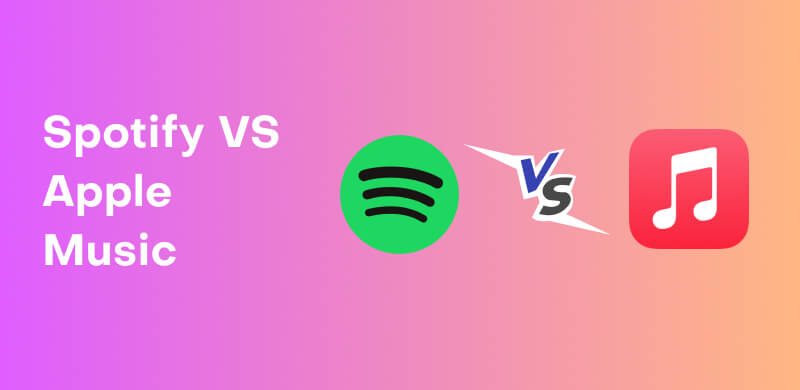
Spotify is the leader of the music streaming market with an approximate 31.7% global market share and 615 million total active users, with 239 million paid users. In fact, Spotify has added 41 million additional users in just the last quarter, and still leads in user engagement from the free plan to paid plan in Europe and North America.
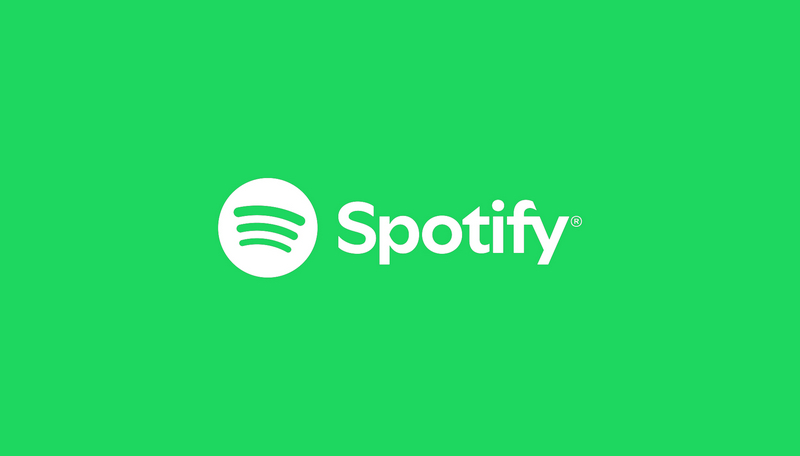
Apple Music comes in second with roughly 12.6% market share, with 108 million paid subscribers, but it also has more than 140 million active end users when you include free trials and bundled subscriptions. In the US, Apple Music is a big part of the experience of owning an iPhone or other Apple device, so it can claim 35% market share and 40 million paid subscribers.
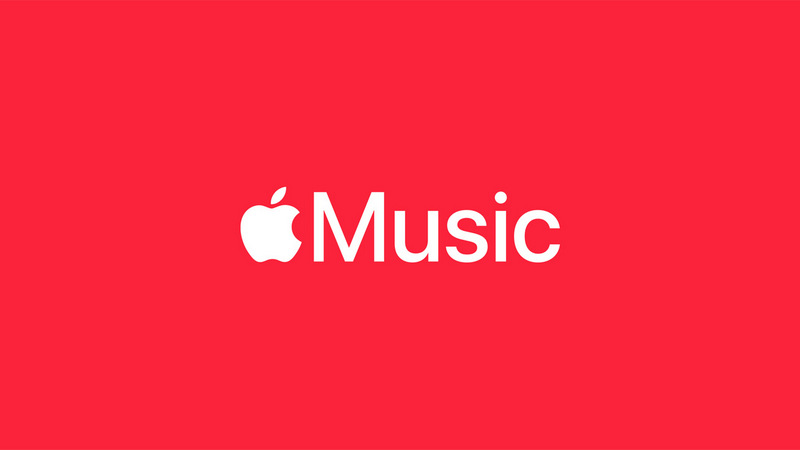
These two services account for almost half of the music streaming market, with larger user bases that grow through exclusive content, discovery playlists, and device ecosystems. In Part 2, we will mention Apple Music VS Spotify on price. Let’s go.
Spotify and Apple Music are both focused on paid subscriptions, but they have two different approaches. Spotify uses a freemium model - allowing anyone to stream (with ads) before subscribing - and Apple Music has exclusively paid tiers, often bundled through Apple One. Each service separates listeners into Individual, Student, Duo, and Family plans, and both services offer trial periods as a way to draw in new users.

Spotify is constantly experimenting with trial lengths (typically 1 month) and has even gone so far as to add limited audiobook credits to its subscription in certain markets. Apple Music has made its Student plan more attractive by adding an Apple TV+ bundle and selling a budget Voice-only plan. The table below outlines the cost of each plan, account limits, free tier availability, trial lengths, and notable perks for each service.
| Plan | Price | Accounts | Free Tier | Trial | Key Highlights |
| Individual | $10.99 / month | 1 | No | 1 month | • Lossless audio • Spatial Audio • Siri integration |
| Student | $5.99 / month | 1 | No | 1 month | • Discounted rate, includes Apple TV+ & Apple Arcade bundle |
| Duo | $13.99 / month | 2 | No | 1 month | • Apple Music Duo Mix • Shared playlists • Family Sharing |
| Family | $16.99 / month | Up to 6 | No | 1 month | • Family Sharing • Parental controls • Shared library access |
| Plan | Price | Accounts | Free Tier | Trial | Key Highlights |
| Individual | $12.99 / month | 1 | No | 1 month | • Ad-free listening • Offline downloads • Personalized playlists |
| Student | $6.99 / month | 1 | No | 1 month | • Discounted rate, includes Hulu & SHOWTIME bundle |
| Duo | $16.99 / month | 2 | No | 1 month | • Spotify Duo Mix • Separate accounts • Individual libraries |
| Family | $19.99 / month | 1 | No | 1 month | • Family Mix • Kids profiles • Parental controls • Spotify Kids app |
Tip: Click here to learn the differences between the Spotify trial and Premium.
Audio quality is the core of a music app. They can lose in other fields, but audio quality is decisive of their success.

• Free tier streams up to 160 kbps (Ogg Vorbis).
• Premium tier streams at 320 kbps.
• Adaptive bitrate adjusts dynamically to network conditions.
• No current hi-fi or lossless offering.
• Lossless tier announced, launch date pending.
• Offline downloads available at up to 320 kbps.
• Default streams at 256 kbps AAC.
• CD-quality lossless at 16 bit/44.1 kHz.
• Hi-Res lossless up to 24 bit/192 kHz.
• Spatial Audio with Dolby Atmos included at no extra cost.
• Adaptive streaming optimizes playback quality.
• Offline downloads preserve chosen quality.
• Supported on iOS, Android, macOS, Windows, and AirPlay-compatible speakers.
• Wired headphones or a compatible DAC are required for full lossless fidelity.
Spotify promotes social engagement in real-time, enabling users to see friends' listening activity; collaborate and share lit playlists, and start listening sessions together in sync. The Blend and Group Session experience allows friends to combine their tastes, listen to songs in tandem, and connect with friends around shared songs.
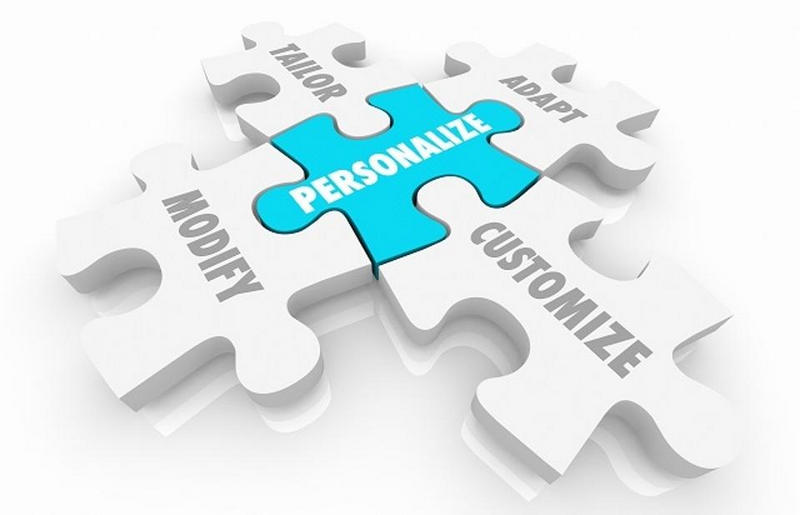
Instead, Apple Music provides social-sharing opportunities on an individual level through some personalized mixes like Friend Mix and Replay, as well as a useful year-end report to celebrate listeners' journey, and having profiles available for follow. By combining lyric sharing and animated visuals, each music fan has their own spotlight to share their favorite songs across their social platforms. Overall, both services combine leveraged personalization capabilities around social aspects, allowing listeners to feel more connected to their music.
In the next section, let’s discuss Apple Music VS Spotify in their UI designs.
Spotify implements a cheerful and modern dark look with easy-gestural involvement. The bottom navigation bar reveals the options of Home, Search, Your Library, and the updated Create button, which allows users to create a playlist instantly or have a collaborative session. The Now Playing screen showcases large artist and album imagery, the ability to see the queue and interact with the queue (including clever new Hide and 30-day Snooze features), while also facilitating user experience throughout the session.
Apple Music’s new interface adopts an aesthetic and design philosophy (Liquid Glass) with semi-transparent layered panels, motion-sensitive animations that convey depth, and includes styling across iOS, iPadOS, macOS, and watchOS. The experience begins at the bottom tab bar with listen now, browse, radio, and library. Transitions between screens and dynamic multi-start background transitions provide a more playful experience that helps with context.
Spotify’s functionalities for offline listening are limited to only Premium subscribers. Users can download albums, playlists, podcasts, and audiobooks for offline listening simply by clicking the download toggle and then turning on Offline Mode in Settings. Downloads remain available on up to five devices and a maximum of 10,000 tracks on each device. Downloads will remain available if they’re refreshed online at least every thirty days. Users can apply storage settings to move downloads to their SD card on Android, as well as remove offline data, according to individual needs, from within the app (Where are Spotify downloads stored?).
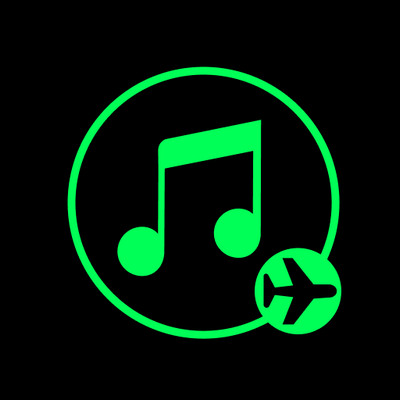
Apple Music subscribers can download individual tracks, albums, and playlists from their library with offline listening capabilities. With Sync Library turned on, any downloads automatically sync to their iPhone, iPad, Mac, Windows, and Android devices. Users also have the option to switch on an automatic download option and select their download quality - High Efficiency, Lossless, or Dolby Atmos - but they may restrict large files to the Wi-Fi signal. If a subscription expires and there’s insufficient storage, Apple Music will simply remove downloaded content, but users can take manual storage optimization settings to prevent the unjust cancellation of an account.
After knowing about a competition between Spotify and Apple Music, let’s see if we can get songs from them without Premium. Spotify and Apple Music both offer subscription-based music services with tracks locked down by DRM, which ultimately means that if you download those songs, you cannot keep them forever. StreamByte for Music solves this by recording the high-quality streams coming from both of these services and converting them into DRM-free MP3, AAC, or FLAC files. All metadata will be preserved, along with album art and artist tags, so you can keep your library looking organized and neat in any player.
StreamByte for Music also records and captures the music during batch processing, which means you can export entire playlists or albums in one simple click! In addition, it is available for both Windows and macOS, integrates nicely into your local music library, and will work with any device or media app. If you want true ownership of your favourite songs, then StreamByte for Music is the simplest one-stop solution.
100% Secure. No virus.
100% Secure. No virus.
• Bypass DRM protection with one click.
• Convert your music to MP3, WAV, FLAC, etc.
• Save your music to 320kbps with ID3 tags.
• Utilize AI to save and convert your music 35× faster.
Step 1. Choose a music platform you want to convert your music to.
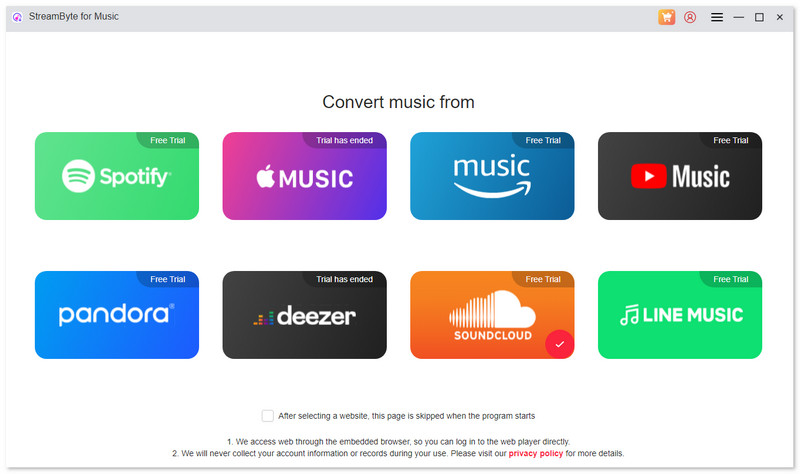
Step 2. Log in to your music account.

Step 3. Choose the song you wish to convert and click Add to the conversion list.

Step 4. Adjust your audio quality and output format here. Once done, hit Convert All.
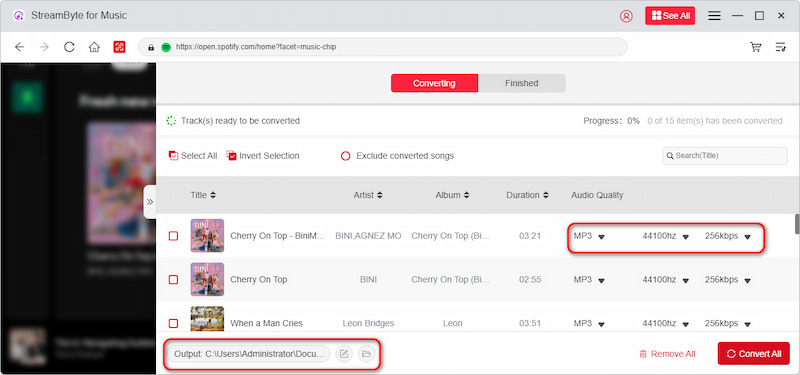
To sum up, Spotify is great for users focused on social sharing, personalized discovery, and freemium listening. It’s the place for users who prioritize collaborative playlists, live friend activity, multiple device support, and free choices. Casual listeners and students will benefit from choosing Spotify’s ad-supported plan and an established recommender system.
Apple Music is geared towards audiophiles and iOS enthusiasts who want lossless audio, Spatial Audio, and tight integration between Apple devices. Those looking for exclusive artist drops, editorially curated playlists, and high-resolution streaming will find Apple Music the most attractive ecosystem. I hope this post about Spotify VS Apple Music can help you make the decision. Also, there’s a superb music downloader – StreamByte for Music that allows you to save songs from music platforms without a premium plan. Make sure you check it out.
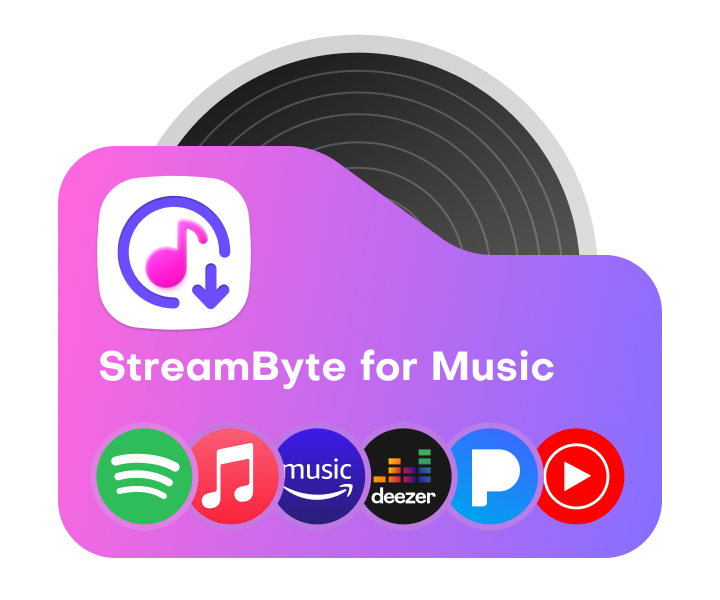
All Music Converter
Best music converter to download music from multiple streaming media without losing quality.

Subscribe to get StreamByte upgrades, guides, discounts and more in the first moment.
Invalid Email Address.